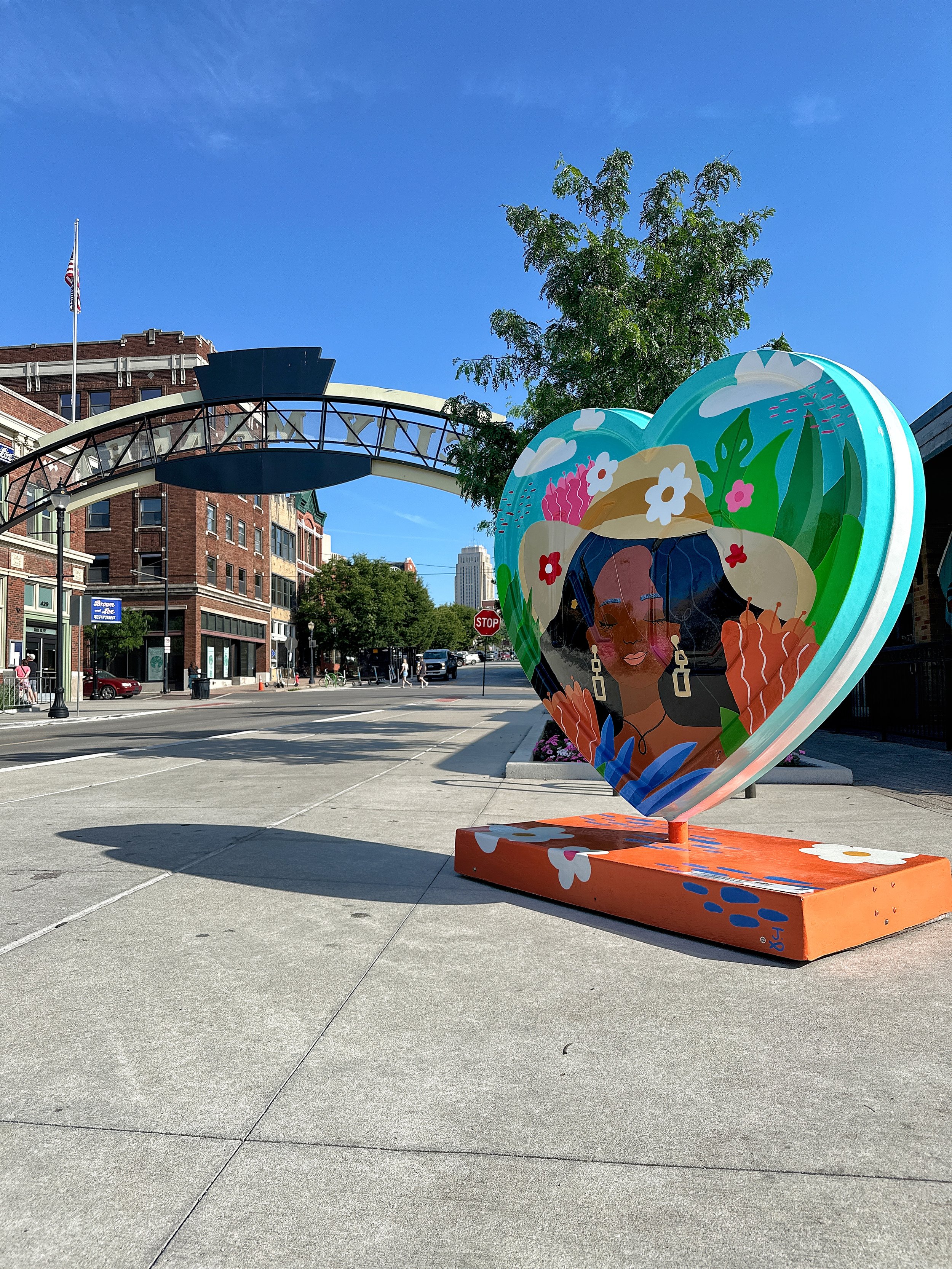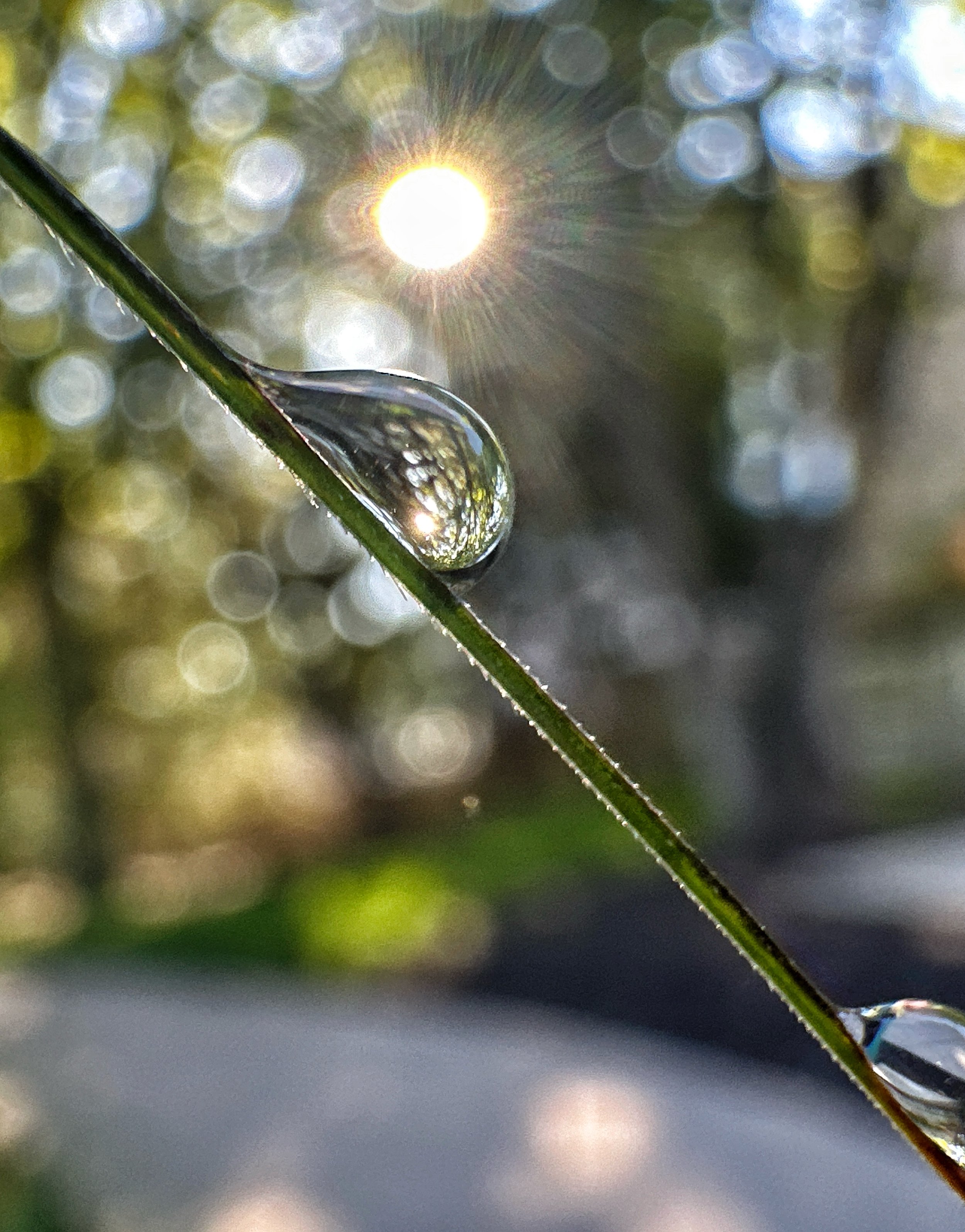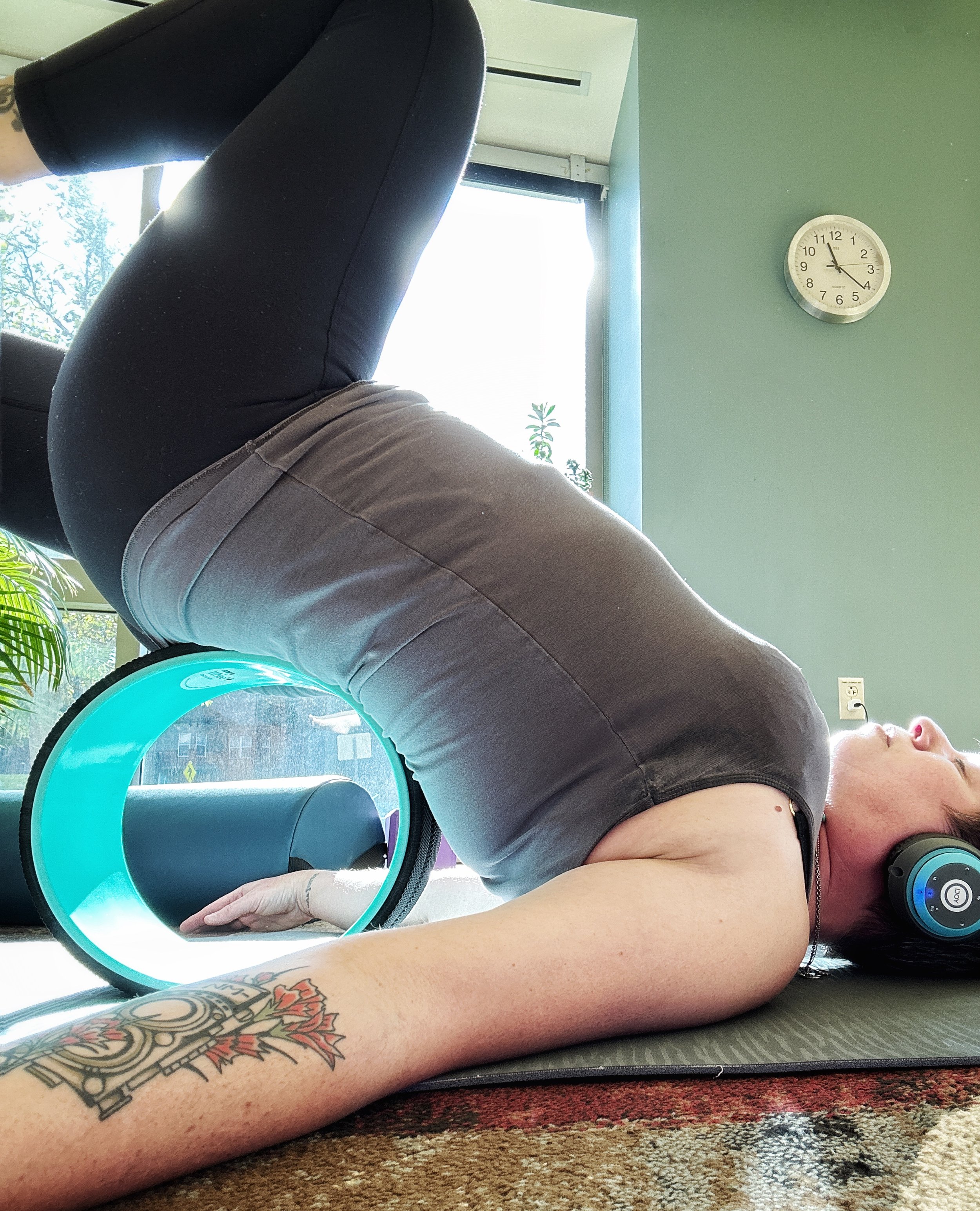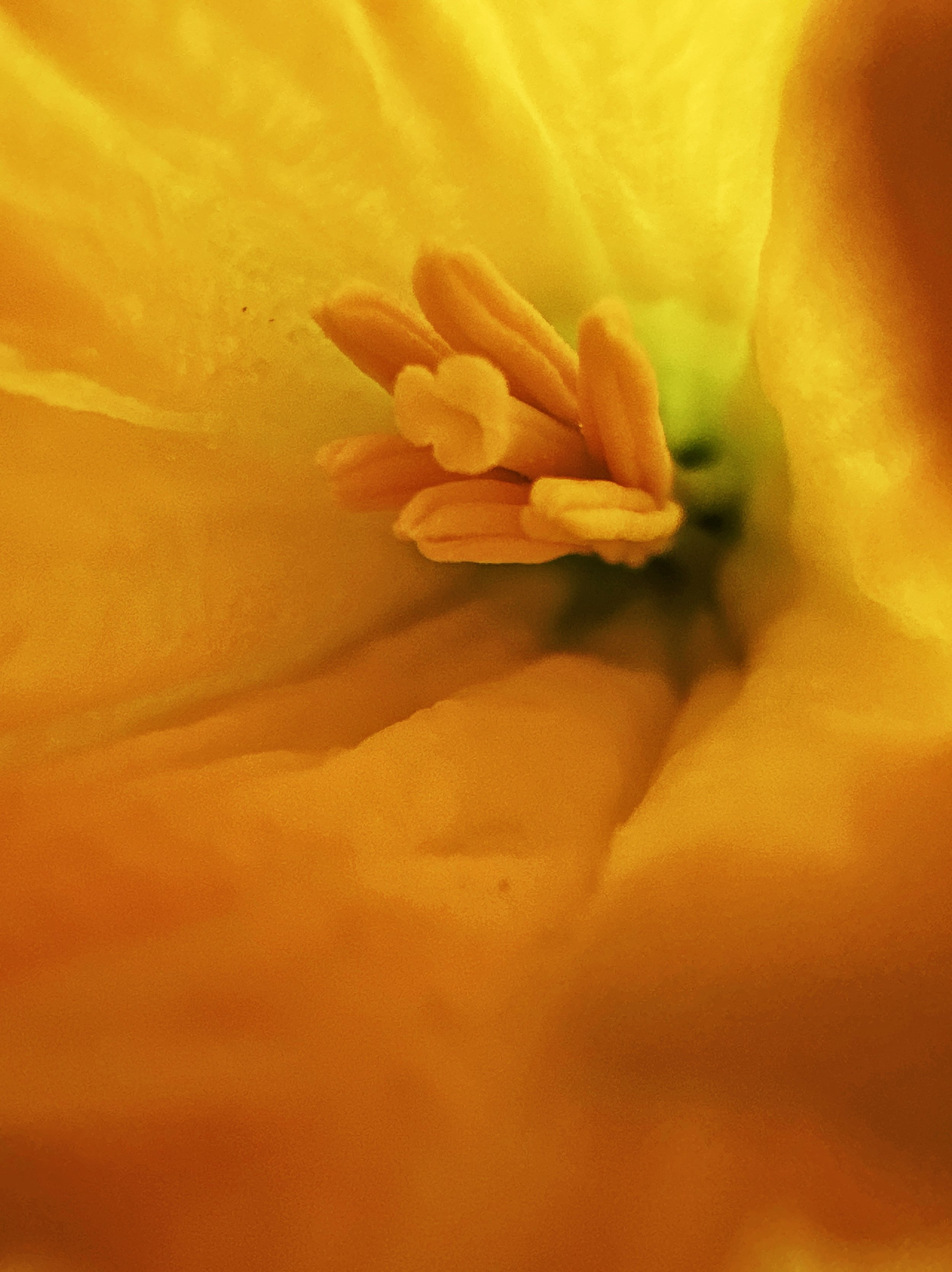I’ve been a regular New Orleans visitor since the age of two. In all of those times, I have never participated in a swamp tour. We visited the zoo a number of times and rolled down the tallest hill in New Orleans (which is a man-made hill in the middle of the zoo). I have ridden the streetcar all through the city. I have walked down the most touristy streets, but I have never done a “Cajun Adventure Tour”. Michael wanted to see alligators on this trip, so we booked ourselves on a two hour flat bottom boat ride through the Honey Island Swamp just east of New Orleans. I could not convince Michael to ride an airboat or do a kayak trip through the swamp. Those things didn’t feel safe to him but a large boat carrying twenty people with a captain that often joked about losing tourists in the swamp felt safe.
There have been drives through swampy areas where Michael will ask me about what I might be looking at out the window. I always say that I’m looking for alligators. It is not really true because an alligator is pretty impossible to spot from a speeding vehicle. Alligators spend a lot of time mostly submerged with only the tops of their heads sticking up out of the water. They are the color of the water and look more like floating bits of wood than animal. The things I’m really looking at out the window are birds. White egrets and gray herons mostly dot the swamps along the road side. This trip, I saw two flamingos fly overhead. One our way down through Arkansas, I spotted a bald eagle just sitting in a field. One our drive up through Mississippi, I spotted another bald eagle flying away from some smaller birds he had made unhappy. Bird spotting is easy. Also deer. I see lots of deer on our road trips.
So this cajun goofball version of my dad gave us a tour of the Honey Island Swamp. He pointed out the wildlife which was mostly just alligators and raccoons. He told us about the spiders and snakes in the area. He thumped the boat canopy regularly to scare us into thinking a snake had fallen into the boat. When he wasn’t being silly, he told us about the plants, pointing out wild rice and irises. At one point, we came across a small pink cocoon like structure. This was filled with apple snail eggs, a highly invasive species that will wreck havoc on the ecosystem. I leaned over and told Michael about how we had to get special permits to use these as model organisms in research. We use them in the study of eye regeneration because apple snails can regenerate their eyeballs. This was so fascinating to Michael that he almost shouted out to everyone else on the boat that I am a scientists and I know about these snails.
Thankfully we managed to keep my knowledge just between the two of us.
Along with animal sighting, we collected license tags, forty two of them to be exact. Though four of those tags were Canadian and the Alaska tag was discovered at our very last roadside stop on the way home. Since Michael is a teacher by trade, he likes to give us ‘grades’ on our tag collections. He said we earned a solid B on this trip. Between alligator searches and tag collecting, we had sort of a scavenger hunt to find Banksy art pieces. Michael was unfamiliar with Banksy, an England based street artist, political activist and director. A while back, Melissa and I went to a Banksy Exhibition Show that felt like more of place to be seen, sipping fancy cocktails than a place to see and learn about the art. Frankly it was a little disappointing and now I think the disappointing display of work was by design. The thing you are supposed to take away from that showing is that Banksy’s art must be seen in the wild and part of the art is opening your eyes to the sights around you.
Banksy was in New Orleans in 2008, three years after hurricane Katrina. He left behind around fifteen stencils scattered all over the city. Most of those have been destroyed, painted over or part of buildings that were demolished. The first one we found was a piece called Looters that had been rescued from destruction and put on display inside a hotel lobby. The hotel has a small room off to the side of the art that explains a little bit about the artist and the efforts made to save this piece of art work. It helped that this was the first one we actually saw because this gave Michael a quick and dirty education on Banksy. Banksy’s art, for me, perfectly conveys the impermanence of life. Every thing. EVERY. THING. is temporary. Even that ‘permanent’ tattoo you had placed on your low back in 1997 will be dust someday. The map I was using to hunt Banksy art had not been kept up to date. There was supposed to be one of his stencils just two blocks down from where we were staying. We went looking for it on our first evening and when we got to the building, the stencil had been removed, the wall painted over with pink paint.
Someone must have recognized the importance of Nola Girl with Umbrella because a protective plate of plexiglass had been secured over her. She resides on the side of building that is boarded up and covered with graffiti. It looks like it used to be a walk-in clinic which is funny because right next door is a Voodoo shop. We found ourselves walking with a tall lanky young man who we shared pleasantries with while waiting for the street light to change. He had just found out that he had the day off and the weather was beautiful. He asked if we were looking for “the Banksy” and when we said yes, he guided us there because it was on his way. Michael and I stood there, the only tourists in the area, marveling at how temporary all this art happens to be. Not just the Girl with Umbrella, but all the other brightly colored graffiti art. It reminded me of something I had seen and experienced a long time ago.
There used to be a famous black sand beach on the Big Island of Hawaii. Photographs of the beach were plastered on prints and postcards and used in tourist promotional brochures. I was on that island with my parents in 1990 and there was a major volcanic eruption at the beginning of that week that sent lava flowing towards that beach. We went and stood on that beach and could see the smoke and glow of hot lava in the distance. By the middle of that week, half of the beach had been covered with lava and by the time we left, the entire beach was gone. Poof. Just like that in a week’s time this beautiful beach area was covered with molten lava. Now, years later, the ocean is wearing away some of that now hardened lava and a new black sand beach is forming. Vegetation is starting to grow up between the craggy lava rocks.
This is graffiti in nature.
New Orleans is, in itself, very temporary. It is torn down and flooded out only to be built back up again, very much like that beach in Hawaii. And we spent our time simply wandering around, soaking up the temporary beauty of it all.



















